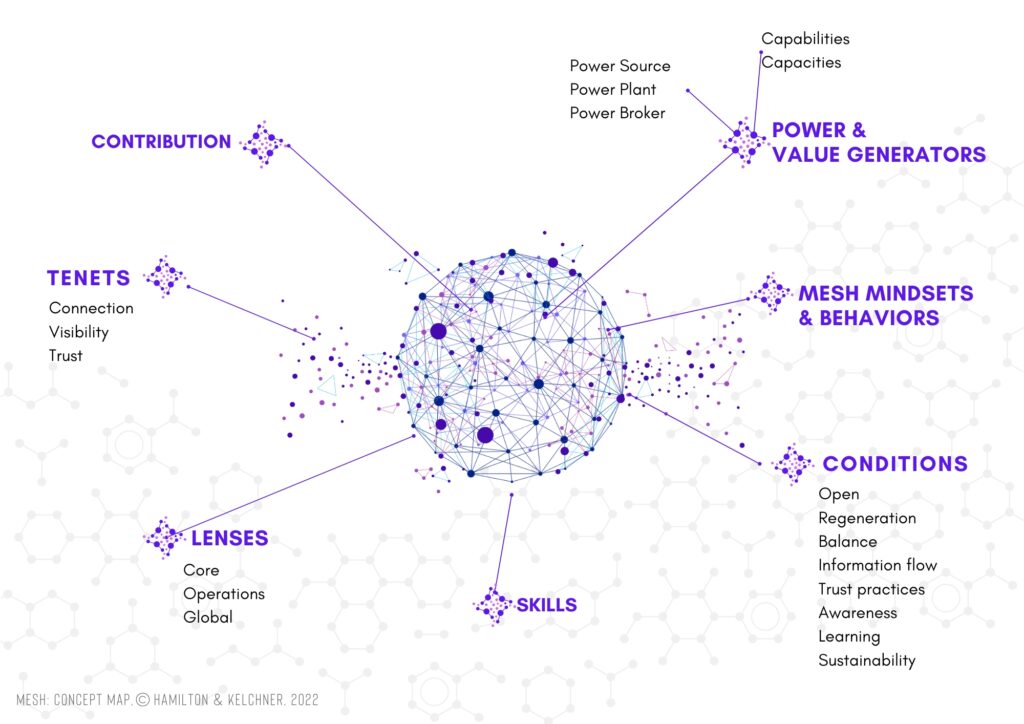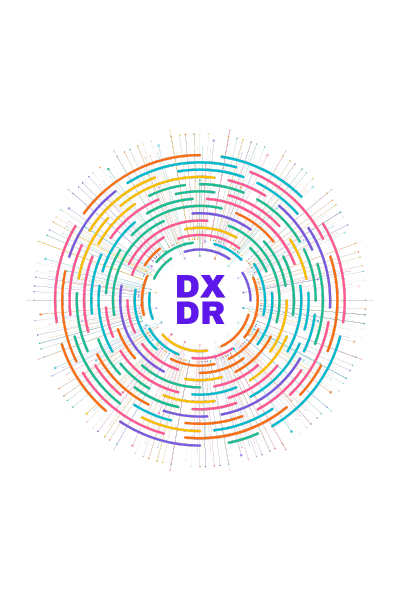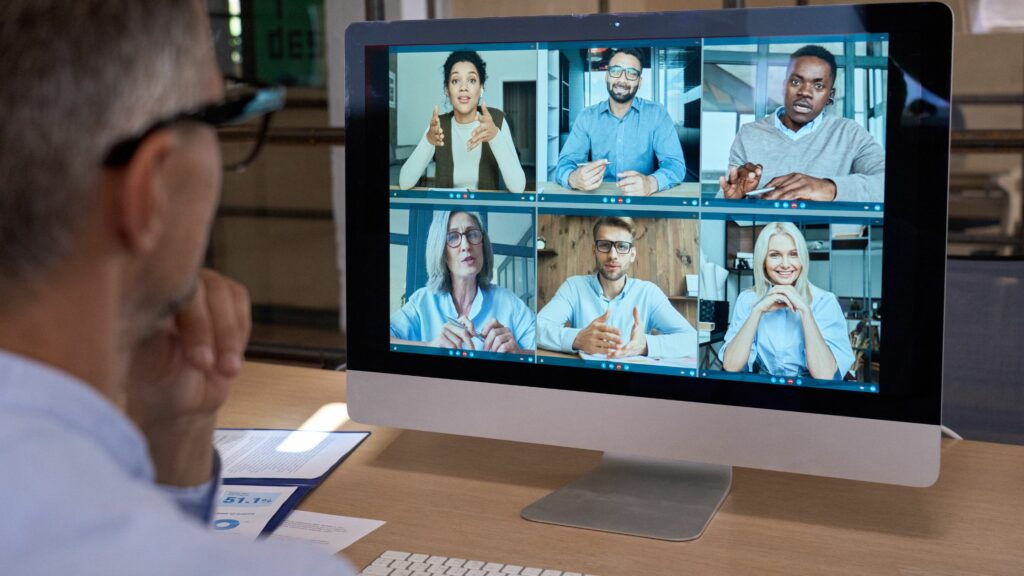Navigating the Maze of Digital Transformation ROI

Lost in transformation
Decoding digital transformation ROI challenges
88% of executives said that achieving measurable value from new technology is a challenge
For years, I’ve stated that digital transformation has a people problem. Implementing emerging technologies continues at a rapid pace while overlooking a key critical understanding: digital transformation done right is inclusive of culture change, operational processes, organizational frameworks, the workplace itself, talent development, and business transformation.
Change is inherently multidimensional and a human-centric process. While most people completely misunderstand what change is and how to approach it, I think this is also the case with digital transformation – that it is more than digitization, software development, or technology investment.
In this article, I want to delve into the findings of a survey by PwC which showcased this revelation: the success of digital transformation is intricately tied to a human-centric approach.
Published in August of 2023, the PwC Pulse Survey: Focused on reinvention showcased sentiment and strategic plans from 609 US executives across six sectors. The key findings spanned recession concerns to technology investment to workforce strategy.
Let’s take a look at two key areas from the survey: critical challenges in business reinvention and what I will affectionately call the Land of Delulu.
The ROI reality check on technology investment
Let’s dig into the findings of key challenges that were framed around the ROI of technology investment remaining elusive as 88% said that achieving measurable value from new technology is a challenge.
85%
changing operating models to support new vision
84%
training existing talent on new technology
79%
poor succession planning
74%
company culture is not conducive to innovation
When asked about their 3-5 year transformation initiatives and the challenges they faced internally | Source: PwC Pulse Survey, 2023
You will notice that these critically noted challenges are not about the technology itself. However, they point to the key issue that digital transformation done right is inclusive of operating models, reskilling and empowering talent, adapting workplace models, strategic planning across the organization, and a culture of innovation.
Welcome to the Land of Delulu: unveiling executive dissonance
(I am truly keeping it light here. I understand that many executives may not be getting the whole picture for many reasons. However…)
The second key challenge we can derive from the Pulse Survey is that executives have a dissonance with the reality of their organization itself. We see this from another set of data points in the survey with how the executives say where they plan to take action and what they believe about their current workforce strategy.
59%
invest in technology
44%
changes to strategic planning
41%
hiring specific areas to drive growth
24%
major reorg of operational models
When asked what strategic business changes they were making | Source: PwC Pulse Survey, 2023
Here we see the strategic business changes they plan to make which do not align with solving their critical challenges. With 59% of the leaders stating they will focus on investing in more tech, it is very confusing indeed. While 88% of these same leaders said they aren’t getting value out of their investments already.
76%
believe there is a high level of trust between the company’s leaders and employees
74%
believe they have the right culture for business innovation
74%
believe they are successfully attracting and retain the talent they need
When asked about their workforce strategies | Source: PwC Pulse Survey, 2023
I find the dissonance here wild. Leaders stated (in the critical challenges section) by 74% that it is a culture of innovation they lack. Yet, later we get another 74% hit saying they have the right culture for business reinvention.
So which is it?
The surveyed executives say they are largely happy with their current workforce strategy being able to attract and retain the talent they need. While noting a significant challenge for reskilling at 84% earlier in the report.
Even PwC mentioned that their 2023 Trust Survey showed several examples of gaps between executive and employee views. And, that the understanding of company culture should be more objective with data than just a C-suite perspective.
Digital transformation relies on organizational culture to be successful
Sure. But what is organizational culture even?
In my work over the last decade, I found I was greeted with this question frequently. Let’s add in context, shall we?
Organizational culture is: the values and behaviors that contribute to the unique social and psychological environment of an organization. It is the ethos, values, and frameworks for how a company conducts itself internally and externally. It includes core values, expectations for behavior, decision-making frameworks, how information flows through the organization, and how it conducts itself with others.
Even the best technology will go to waste and not gain any value generation if you do not have the right processes, culture frameworks, or talent in place to utilize it as intended.
Applying this understanding to the critical challenges we delved into above, we can posit the following:
Changing operating models to align with the new vision
Process and workflow changes are necessary before implementing new technologies.
Training existing talent on new technologies and reskilling
Incorporate various learning methods.
Allow for cross-functional collaboration models and project collaboration.
Know how your people contribute best and make contributions visible.
Get out of siloed thinking that people are not widely skilled and learning agile.
Poor succession planning
Aligning strategic planning and succession plans with liberated organizational structures, systems thinking for a holistic overview, and contribution visibility can make for huge strides in succession planning.
Company culture is not conducive to innovation
Open behaviors, practices, models and characteristics are not just for open-source software development. These have been well documented, practiced, and implemented as open organization and culture in companies across the globe in both private and public sectors.
Lack of buy-in from the workforce
Engage the workforce in a liberated decision-making process.
Using strategic communications and conversational tactics to gain buy-in from stakeholders.
A multidimensional human-centric approach is needed
Over the years, I’ve seen organizations looking for systems thinkers who can make connections, look for issues through pattern and sense-making, and can anticipate the emerging landscape. Which is excellent….except…they pigeonhole these skills in product, solutions, and dev teams. These are critical skills and approaches necessary for wide-scale change implementation. Organizations need to think holistically, intentionally, and multidimensionally about how their organization operates and functions as a whole, living organism.
Ten years ago, I began to work on a multidimensional change methodology which a significant portion of it became integrated into the MESH concept and methodology published in 2022.

Source: MESH: a human-centric organisational design for a decentralised world, Hamilton, G. & Kelchner, J., 2022, Interchange Publications
Here is what you need to know about successful change approaches:
Change is a human activity that we experience every second of the day – it is the context that adds the spice level to the change.
Change is processed through four spectrums: how details are gathered, how we navigate the unknown, how we process our emotions, and how we contribute to growth.
Multidimensional change happens through three lenses: core, operations, and global.
Conditions that affect and enable a regenerative, sustainable organization: [ORBITALS] open, regeneration, balance, information flow, trust, awareness, learning, and sustainability.
The reframed tenets of connection, visibility, and trust.
Knowing where the power is held and flowing from – or blocked – in your organization for effective transformation efforts will help you gain ROI and successful regeneration.
In an era dominated by technological advancements and rapid digital transformations, businesses find themselves at a critical juncture. While the spotlight often shines on the adoption of cutting-edge technologies, a paradigm shift is underway, challenging leaders to reevaluate their strategies. This shift goes beyond the mere integration of technology—it demands a profound recalibration of organizational culture, prioritizing the human element.
In our next upcoming article, I’ll be covering the critical issue of capabilities gaps, how it relates to digital transformation ROI, and what makes change work effectively.
Why do you use the word "liberation"?
You may be wondering why I use the term liberation or human-centric liberation. I feel it is a more-expansive term to help understand distributed or decentralized operations and organizational culture - in a way that is not just referencing technology. Which has been a constant disconnect in my experience. For us, it is freeing up the superpowers of humanity. It could mean distributed or decentralized people, communities of contributors, activities, or even frameworks for organizing and operating. The term liberation is needed globally in many applications. Those familiar with decentralization tend to only think of DAOs, web3, or blockchain.







